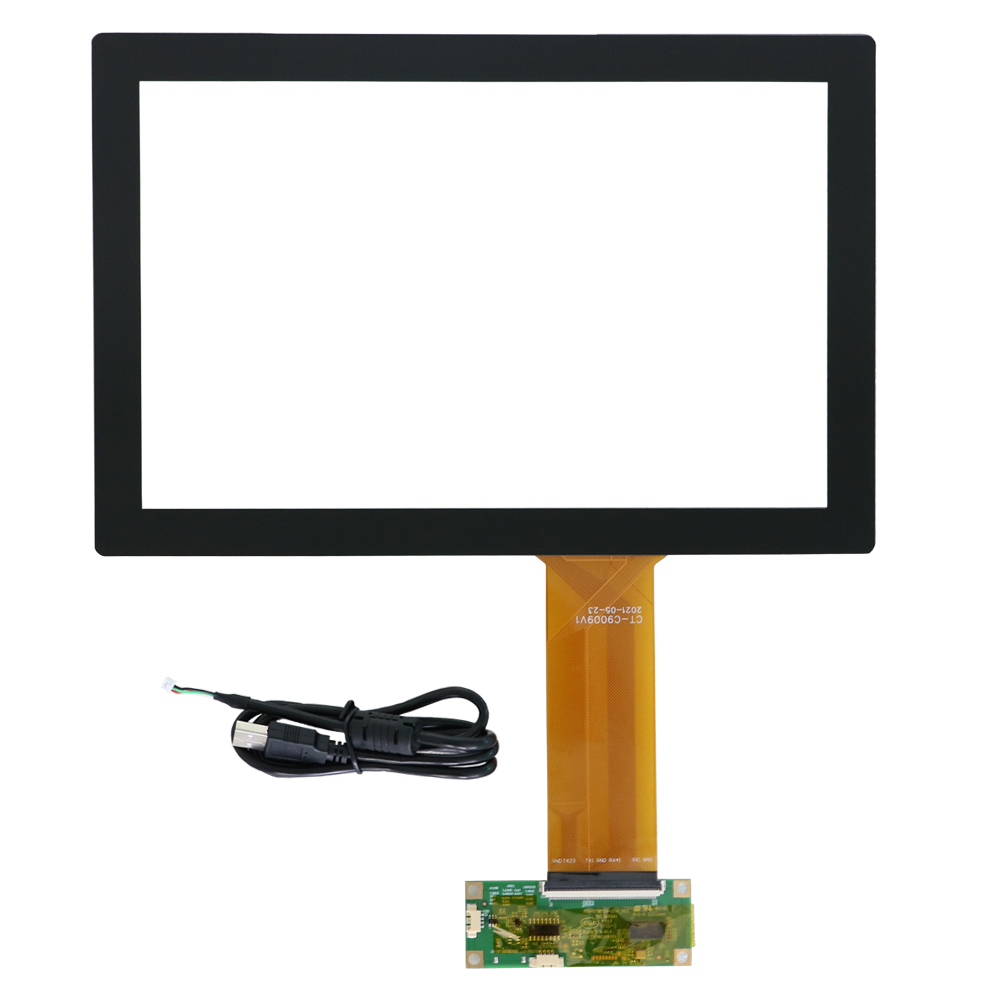Pcap touch screens are an integral part of modern digital devices, from smartphones and tablets to interactive kiosks and industrial equipment. This technology allows users to interact directly with what is displayed, rather than using a mouse or a keyboard. While touch screens offer significant advantages in terms of user interface and accessibility. They are often more expensive than traditional display devices. This article explores the reasons behind the high costs of touch screen technology.
One of the primary factors contributing to the high cost of touch screens is the complexity of their manufacturing process. Touch screens require multiple layers of material that must be perfectly aligned and calibrated. These layers typically include a display screen, a touch-sensitive layer, and a protective cover. Each layer has to be manufactured to precise specifications and then combined without any imperfections, which demands advanced manufacturing techniques and equipment. The precision required in these processes increases the production costs significantly.
The materials used in touch screens are specialized and costly. For instance, the touch-sensitive layer often uses indium tin oxide (ITO), a transparent conductor that allows electrical signals to be transmitted when touched. ITO is expensive due to the rarity of indium, its complex processing requirements. And its efficiency in conducting electricity while remaining transparent. Moreover, the glass used in touch screens is typically strengthened chemically or thermally to withstand scratches and impacts, further adding to the costs.
Extensive research and development (R&D) are required to improve touch screen technology, enhance its durability, and reduce interference with the display quality. The costs associated with R&D are substantial because they not only involve creating more efficient and durable materials but also developing new touch recognition technologies like capacitive, resistive, infrared, and acoustic wave systems. Each of these technologies has its advantages and applications, but developing them requires a significant upfront investment in research and experimentation.
While the production of touch screens is extensive, it does not always benefit from the same economies of scale as other technologies. Each new device type or model can require a slightly different touch screen. Necessitating small production runs of specialized screens rather than mass production of a standard model. This lack of standardization can keep prices high because the fixed costs of setup, manufacturing, and tooling are distributed over fewer units.
Finally, integrating a touch screen into a device involves additional calibration and testing to ensure it interacts properly with the device’s software and hardware. This process can be time-consuming and requires sophisticated software tools and skilled technicians. Each device model can require its calibration settings, which adds complexity and cost to the production process.
Touch screens are costly due to their complex manufacturing processes, the use of advanced and expensive materials, extensive R&D efforts, limited economies of scale, and the need for careful integration and calibration. While these factors contribute to the higher costs. They also ensure that the touch screens meet the high standards of functionality and durability expected by consumers. As technology progresses and manufacturing techniques improve. There is potential for the costs to decrease, making touch screens more accessible across various devices.

DINGTOUCH is a company specializing in the R&D and production of touch screen technology, headquartered in Shenzhen, China. However, as a professional touch screen supplier, DINGTOUCH commit to providing high-quality, stable and reliable touch screen products to meet the diverse needs of customers. Also We continue to carry out technological innovation and product optimization to ensure that its touch screen products have good sensitivity, accuracy and durability.
In addition to the products themselves, we also focus on cooperation and communication with customers. However, commit to providing customize solutions and excellent after-sales services. Through continuous efforts to improve product quality and customer satisfaction. So we have established a good reputation in the touch screen industry and won widespread market recognition.
PCAP maximum size 65”
Multi-touch
Optical bonding service/air bonding
LCD interface: HDMI/RGB/MIPI/LVDS/EDP, etc.
PCAP interface: IIC/USB interface
Also CTP can customize the cover glass surface treatment process AG (anti-glare), AR (anti-reflection), AF (anti-fingerprint), waterproof, and glove touch
Supports 0.55 mm-12 mm coverslip touch.
Support operating temperature: -40℃-90℃.
We as a professional customized touch screen manufacturer with more than 13 years touch screen experience. So we are welcome to customize your capacitive touch screen . So that here are some of our standard product . Such as 7 inch touch screen, 10.1 inch touch screen ,15 inch touch screen,15.6 inch touch screen,17 inch touch screen,17.3 inch touch screen,18.5 inch touch screen,19 inch touch screen,21.5 inch touch screen, 23.6 inch touch screen,23.8 inch touch screen,27 inch touch screen.Contact our team today to buy a capacitive touch screen are best for our retail business needs.
our other one website: www.szdingtouch.com